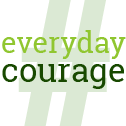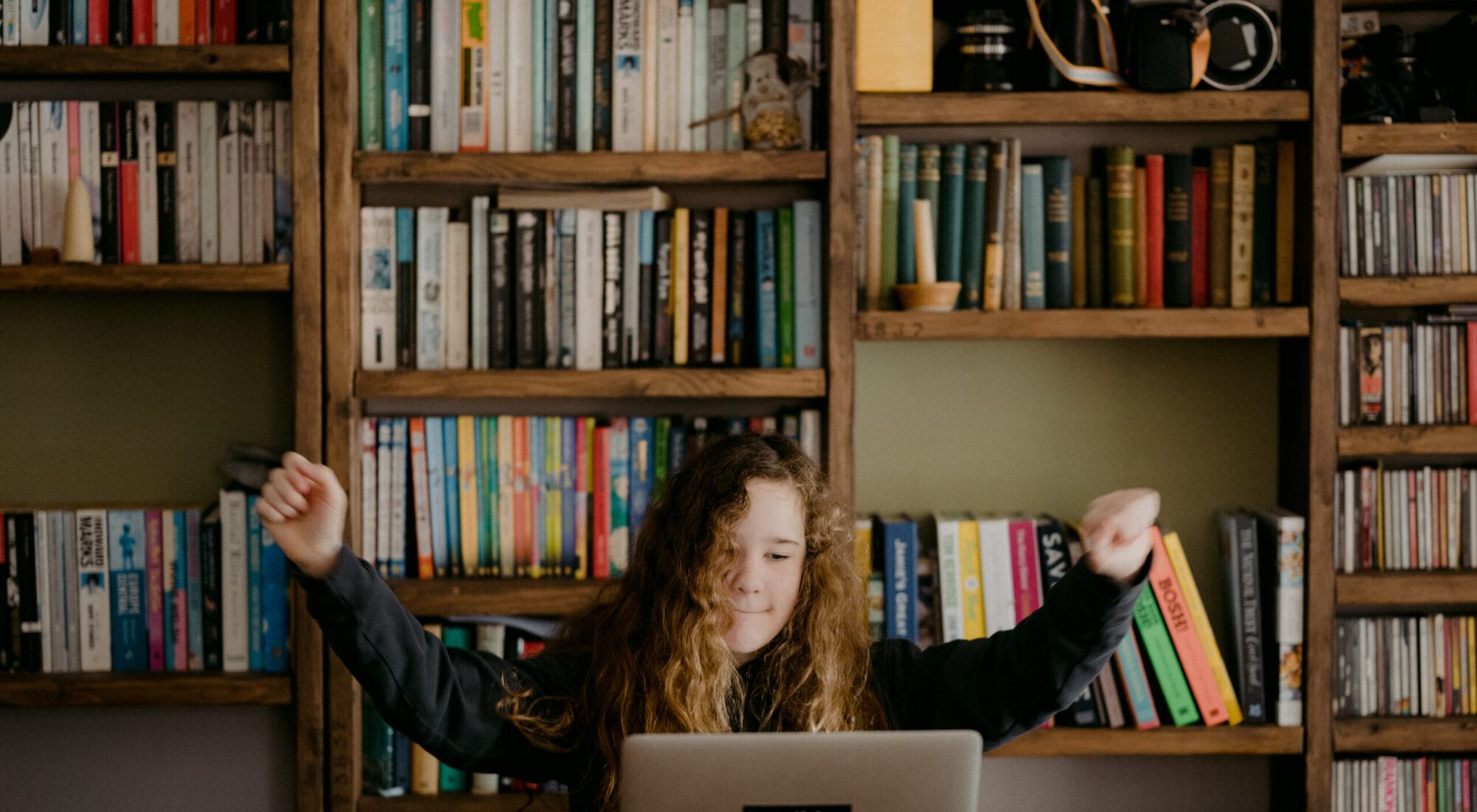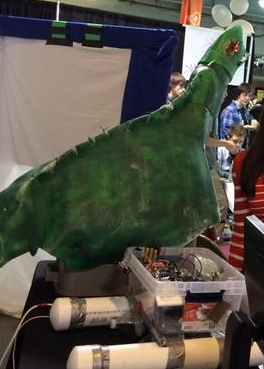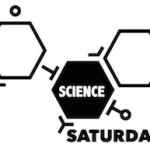3 ways to de-privatize our practice

My first teaching job was in the library at a large, open-concept elementary school in Howard County, Maryland. The library was the hub of the school. During my classes teachers, administrators, and para-professionals walked freely in and out of the library, occasionally stopping to watch our progress.
And it was terrifying.
I felt scrutinized! But, after many months of these informal observations, I began to relax, and then having all of those eyes on my teaching was hugely helpful.
My mindset shifted from helpless vulnerability to hopeful vulnerability; this was an opportunity to learn from experts.
Continue reading “The #everydaycourage of sharing our work as educators”



